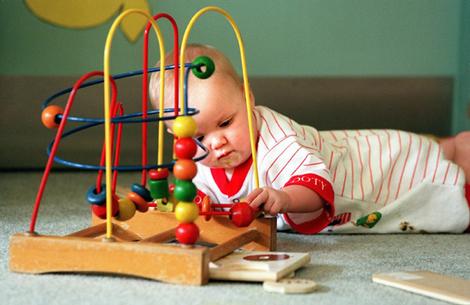Child Care Rebate Changes

Image source
Do you know about the child care rebate changes?
Do you have kids in child care? Read on…
A freeze on how much you can claim through the child care rebate from next financial year means your family may be out of pocket.
How does the child care rebate work?
Basically, you get back 50 per cent of your out-of-pocket* expenses for approved child care up to a limit of $7,500 per child, each year. So, a family that spends $300 per week ($15,000 per annum) on approved child care will get $150 per week back from the government.
The government has increased this threshold each year in line with inflation, but late last year a decision was made to halt the increase for next three financial years until 2016/17.
What does this mean for your child care costs?
It means if your child care centre increases their fees over the next three years and you’ve already reached the $15,000 cap, you will have to fork out the difference.
Let’s look at an example to make more sense of this:
Mark and Kate have a daughter Lucy in child care three days per week. They’re currently paying $95.00 per day.
Year 1
3 days @ $95 = $285 per week
Over 52 weeks = $14,820 per year
Child care rebate = $7,410 per year
Mark and Kate pay = $7,410 per year or $47.50 per day for care (exactly half the cost)
Year 2
Next year, the child care centre increases to $100 per day.
3 days @ $100= $300 per week
Over 52 weeks = $15,600 per year
Child care rebate = $7,500 per year
Mark and Kate pay = $8,100 per year or $51.92 per day for care
The extra $4 per day is worn by Mark and Kate with virtually no help from the rebate. If the same fee rise happens for three years running, Mark and Kate would be out of pocket an extra $12 per day or $1,872 by year three!
What can you do to limit the extra cost to your family budget?
If you can limit the number of days you use child care to three per week and use a centre that charges around $95.00 or less, you should stay within the $15,000 cap. This will ensure you continue to pay only half the actual cost of your child care.
Limiting the number of days in child care is easier said than done, as it obviously depends on your family and work situation. Do your research on child care options and some basic numbers to see where you stand.
Tell us what you think: Will you be out-of-pocket more come July for child care because of these changes?
*Out-of-pocket expenses include the total fees you have to pay for approved care, less any amount of child care benefit you may receive.
Information provided in this article is general in nature and does not constitute financial advice. Before making any decision based on this information, you should assess your own circumstances or seek advice from a financial adviser.
Wally David is a Certified Financial Planner® who has worked in the financial planning profession for over 10 years. He authors www.thesmartmoney.com.au a personal finance blog that aims to breakdown current financial issues affecting Australian families and give practical tips on all things money.










